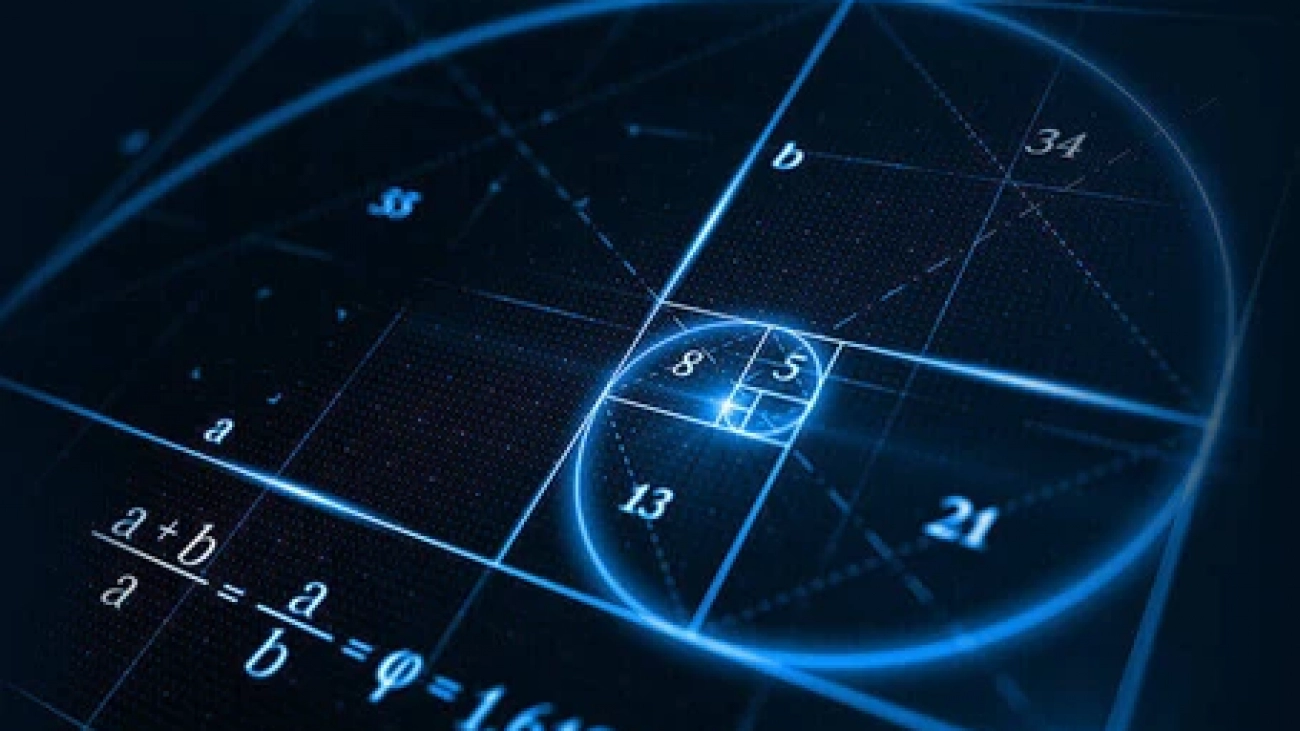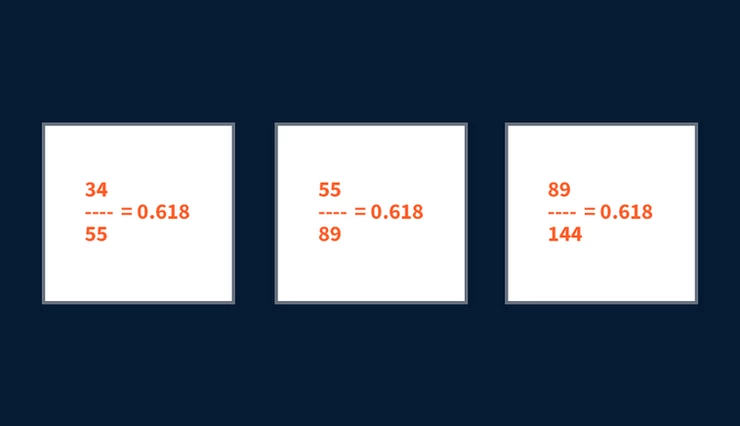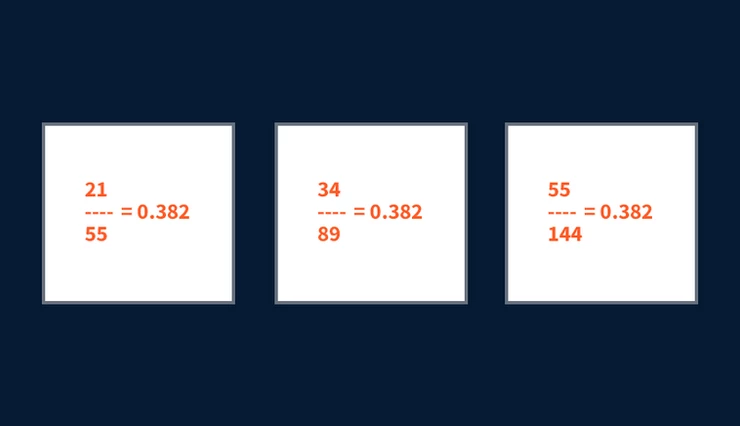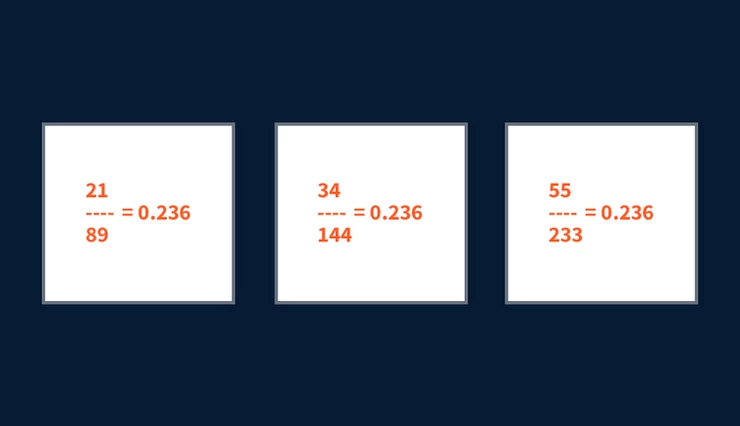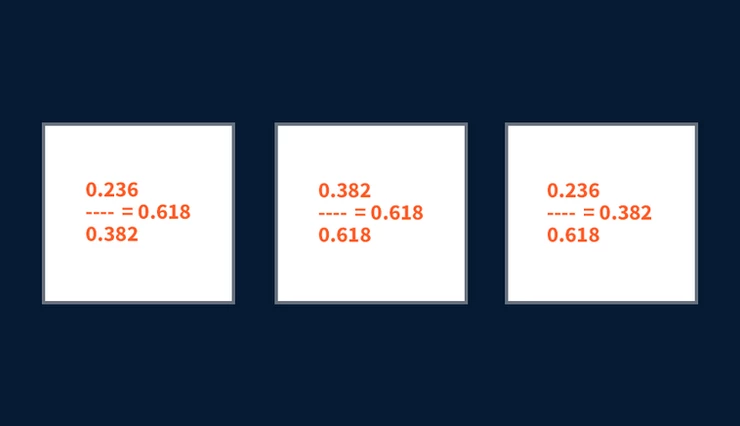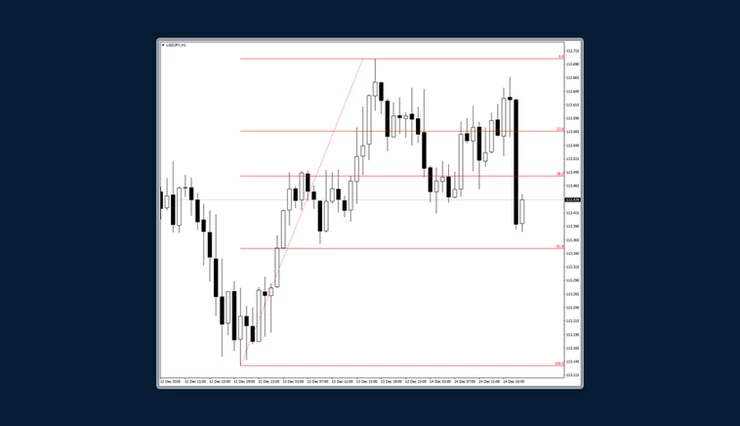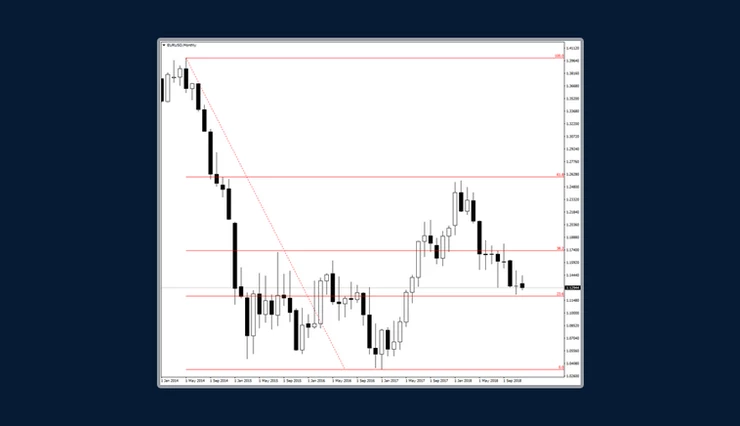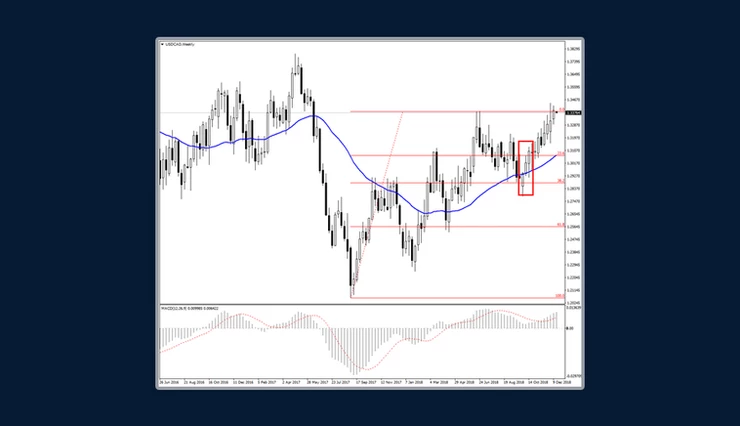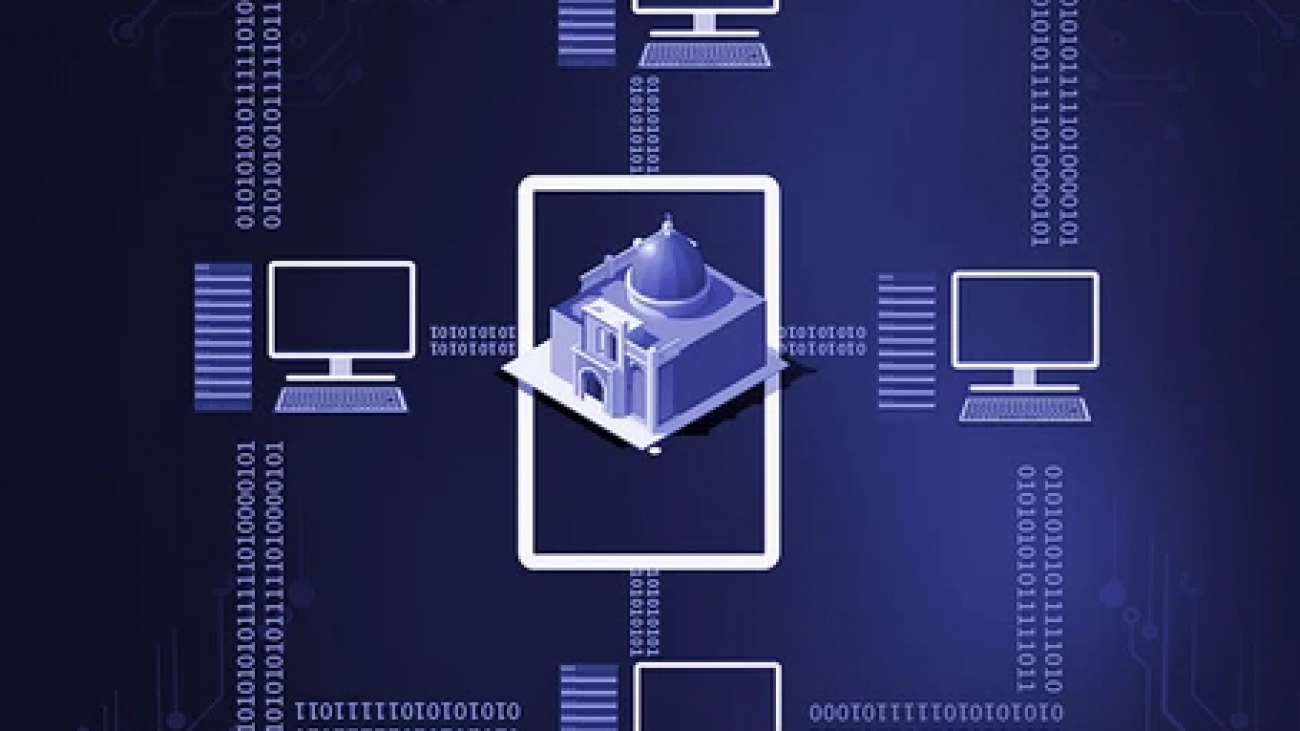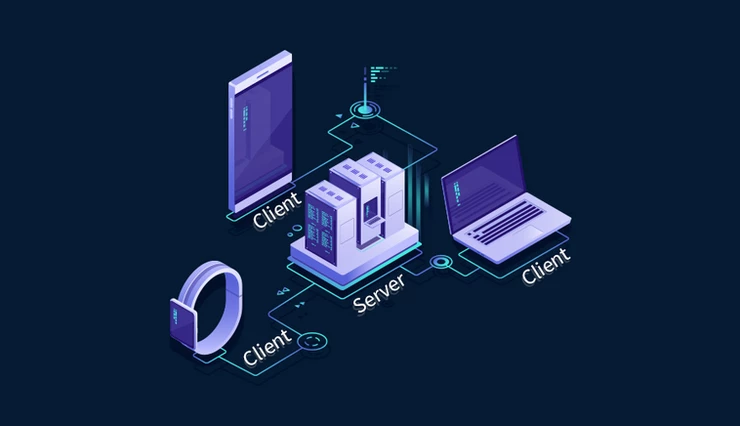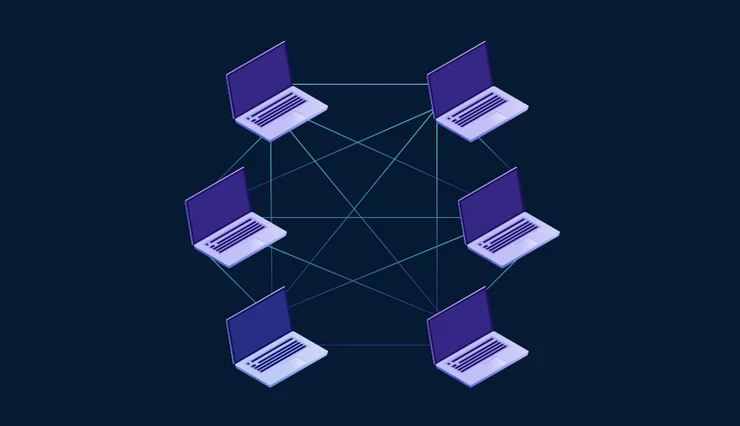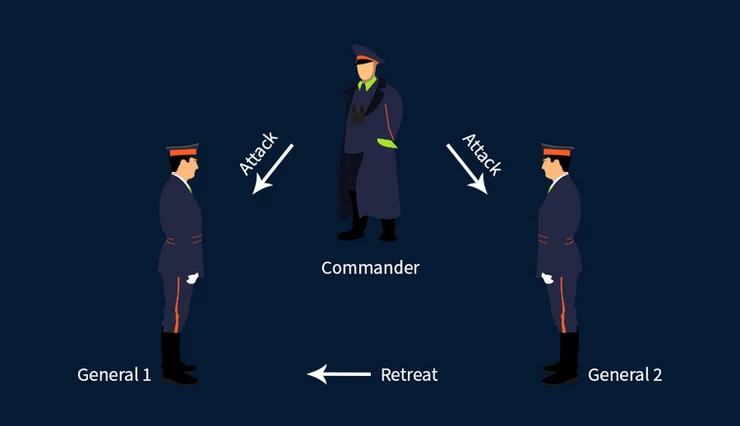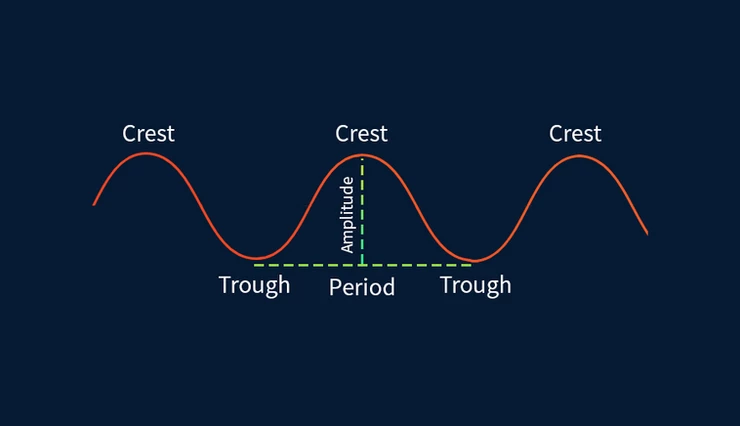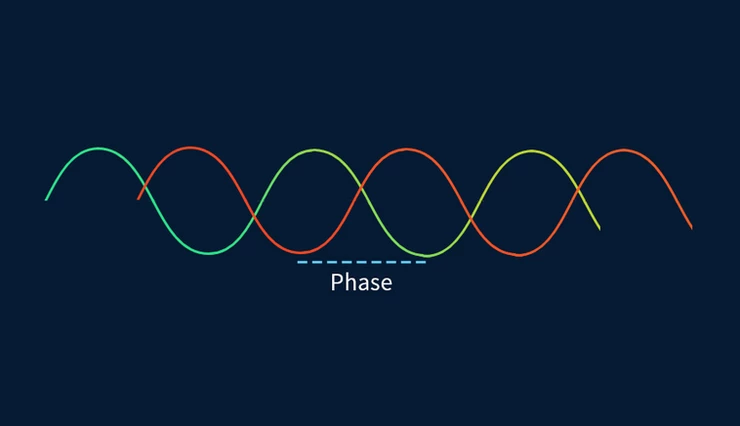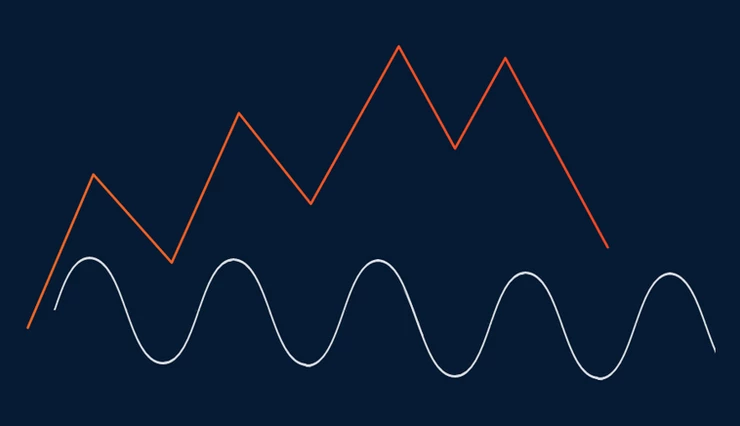
Author:Exness Broker
Forex can be intimidating for newcomers. Often new traders don’t know where to begin, and so either rush in without a plan or alternatively decide against trying out trading at all.
Fortunately, Exness offers an ideal way for new forex traders to get started; the Demo account.
In this article, we’re going to dive into some key reasons why most traders start with Demo accounts and why it could well be the perfect way for you to try out forex trading too.
Once you’ve read the article, why not go ahead and open a Demo account for yourself with Exness
Reason One: It’s Risk Free Time and again we speak to new traders who are concerned about the levels of risk they could be exposed to when trading forex. Ultimately, risk management is a technique that needs to be learned through practice.
The best way to do this is through the Demo account. Entirely free to use, the demo account is topped up using virtual funds as many times as you want. This means that new traders can practice in a completely risk free environment, making as many mistakes as needed with zero repercussions.
The Demo account also provides access to all the functionality needed by new traders to learn risk management principles. Then, when they’re comfortable, they can graduate to real accounts with confidence.
Reason Two: It’s Unlimited Many forex trading courses in the market are closed-ended, meaning that new traders have a limited amount of time to learn before they are thrust into the real forex market to fend for themselves.
With the Exness Demo account, however, traders can experiment and learn for as long as they want. If the account runs out of virtual funds, it can simply be topped up in seconds for free.
What’s more, traders can open as many Demo accounts at no cost. This means that they can experiment with strategies, currency pairs, and more across multiple accounts. This allows you to discover for yourself which approaches work best.
Reason Three: Real Trading Conditions Demo trading can be incredibly educational, but only if the trading conditions included are the same as you’d find when trading forex for real. The last thing you want is to gain lots of experience with a Demo account, only to find that the real accounts feature completely different dynamics.
With the Exness Demo accounts, you will trade under virtually the same conditions as one of our real accounts. This allows you to get a sense of what live currency movement across 120+ instruments are like. It also allows you to explore the use of features such as leverage, margin, and spread.
With the Demo account, traders can also try out different account types to find out which one is best for them. These includeMini, Classic, and ECN. Each account has different benefits, and so creating a Demo version is an ideal way to test them out.
Reason Four: Experimentation With the Demo account, you can make use of all the same tools, as well as the same currency pairs, that are accessible with real accounts, meaning you can directly transplant strategies developed in Demo over to one of the real accounts when you’re ready.
One of the major outcomes of this is that many well established traders still operate Demo accounts. They do so because they still need a safe space in which to experiment with new strategies and approaches. Say for example a trader decides to try out a indicator. Either they can do so in the real market, and possibly risk significant amounts of capital, or alternatively can do so in Demo, risk free.
As you develop your skills as a trader, the Demo account will always be there for you to experiment with.
Reason Five: Expert Advisors Expert Advisors (EAs) are one of the great benefits of trading with the MetaTrader 4 and MetaTrader 5 platforms through Exness, and with Demo accounts you can test and experiment with them to your heart’s content.
Essentially computer programs written by experienced traders, EAs can make trading decisions for you based on historic price data analysis. While EAs allow many traders to take a hands-off approach to trading, they are not without their failings. Using EAs means you put your money in the hands of an algorithm, and you should absolutely test it out before you commit to using it for real.
With the Exness Demo account you can use EAs in exactly the same way as you would with a real account. With new EAs being developed all the time by the MetaTrader community, the Demo account is the perfect place to find the right one for you.
Conclusion The Demo account is a great tool for new and experienced traders alike who are looking to develop their skills, experiment with new strategies, and test EAs, all within a completely risk-free environment.
Open a Demo account today and start your forex trading journey the right way!


